Phonology Topics
-

Understanding the Articulation of English Nasal Consonants
The video discusses the place of articulation of three nasal sounds in English, known as nasal occlusives or nasal stops. Nasals release air through the nose, not the mouth. The three voiced nasals are: /m/ (bilabial), /n/ (alveolar), and /ŋ/ (velar). Each has a distinct articulation place, despite sharing the same manner of articulation. Read more
-

Place of Articulation for Fricatives in English
This video explores the place of articulation of fricatives in English, categorizing them into 4 groups: labiodental, interdental, alveolar, and postalveolar, as well as the glottal fricative. Each group is described in terms of its specific place of articulation and the corresponding voiceless and voiced fricatives. Read more
-
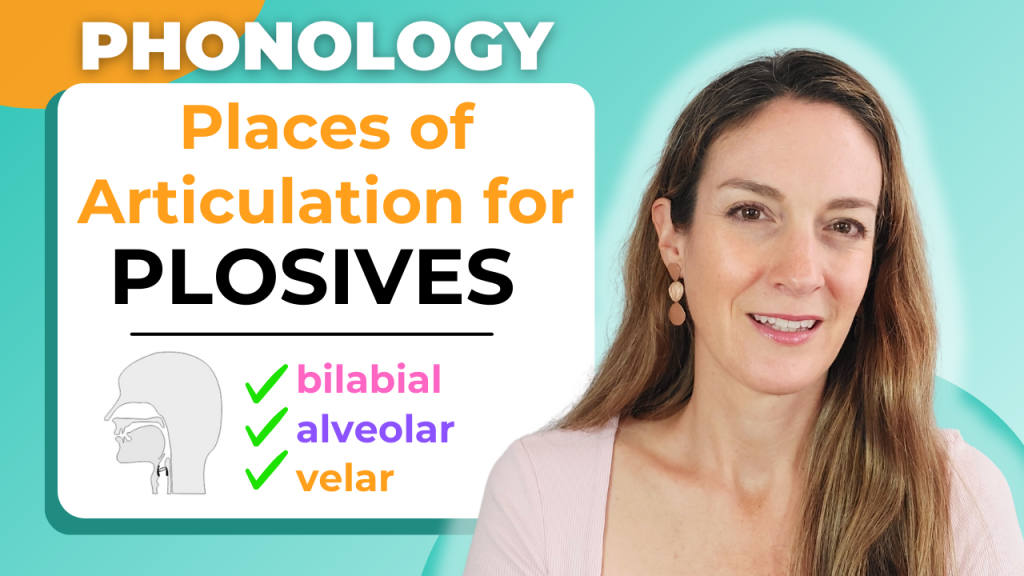
Place of Articulation for Plosives in English
In this lesson, we’ll focus on the place of articulation of plosives in English. Plosives are also called stops. Whilst all plosives share the same manner of articulation, they have different places of articulation. In total, we have 6 plosives in English, and we classify them into 3 groups, each group contains a pair: Notice Read more
-

Place of Articulation in English Phonology
This video explores on the various places of articulation in English phonology, such as bilabial, dental, alveolar, post-alveolar, retroflex, velar, palatal and glottal. It delves into how speech sounds are formed at the various places in the vocal tract and how the place influences the quality of the sounds in English, specifically consonant sounds. Read more
-
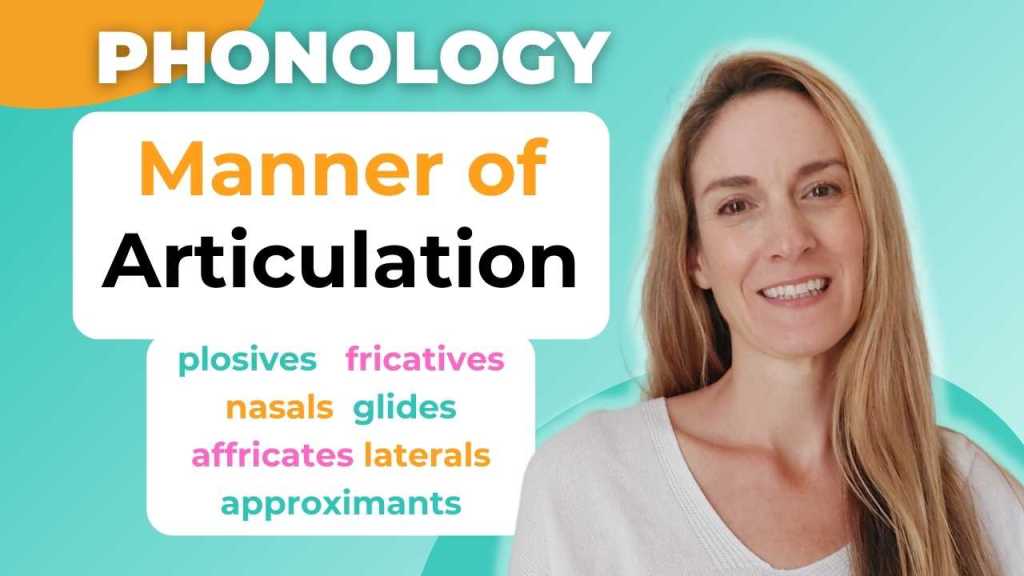
Manner of Articulation in English Phonology
This video offers a detailed exploration of English consonant sounds’ manner of articulation, explaining how the lips, tongue, and vocal cords produce plosives, fricatives, and other sounds. The host ensures accessibility by providing real-life examples and exercises, making it suitable for language enthusiasts and students. Viewers can expect to grasp English consonants’ nuances by the… Read more
-
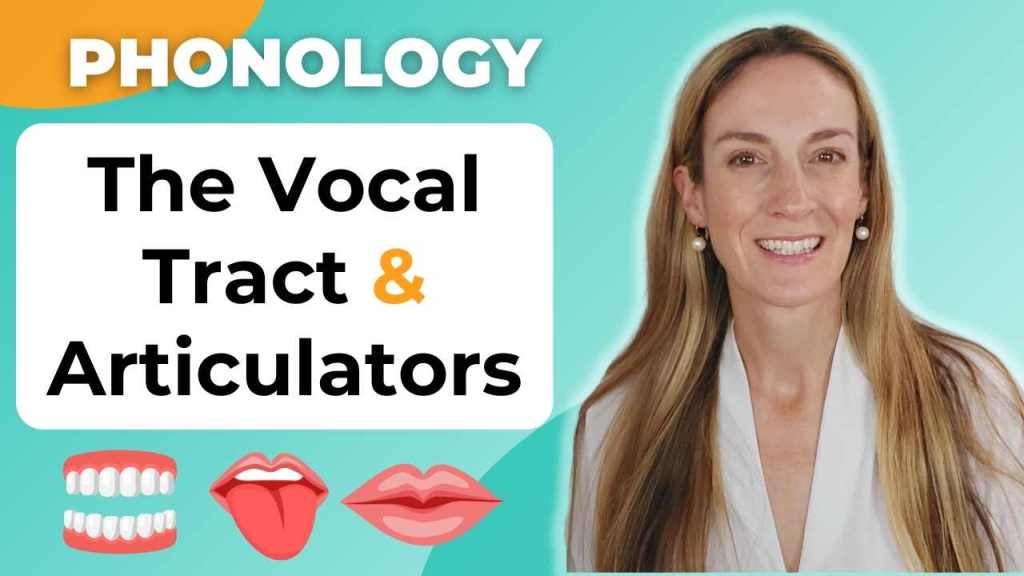
The Articulators & Vocal Tract
This video provides a clear explanation of the vocal tract and articulators. The vocal tract, which includes our oral and nasal cavities, pharynx, and larynx, plays a crucial role in sound production. The articulators, such as the tongue, lips, and teeth, shape the airflow from the lungs to create sounds. These articulators can be either… Read more
Looking for something specific?
-
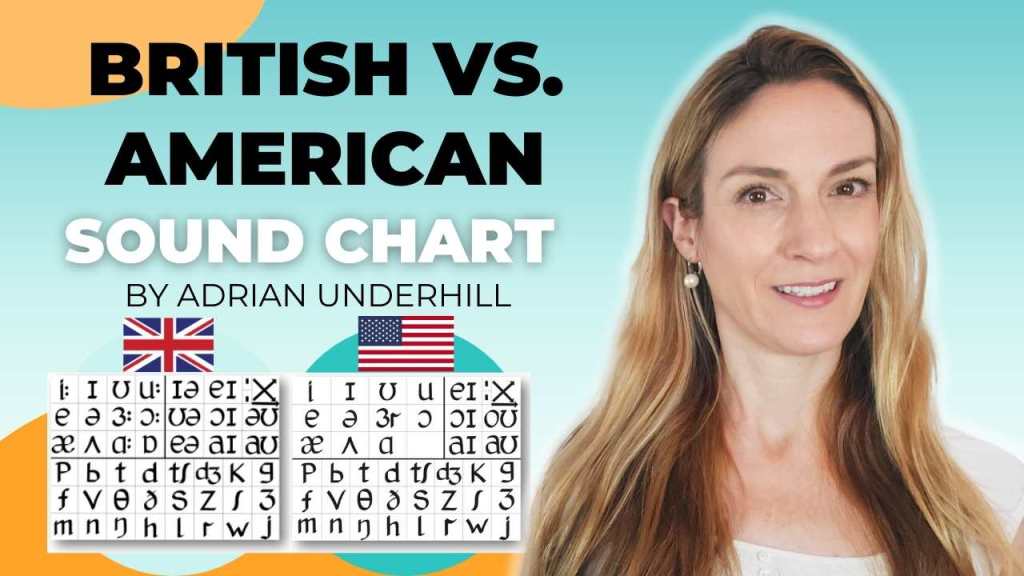
British vs. American Phonemic Chart
The video compares the British and American English sound charts developed by Adrian Underhill. Both charts share 24 consonant sounds but differ in the vowel sections. The American chart has fewer monophthongs and diphthongs. The video also explores transcribing words with the sound symbols for an American accent and looks at alternative sound symbols from… Read more
-
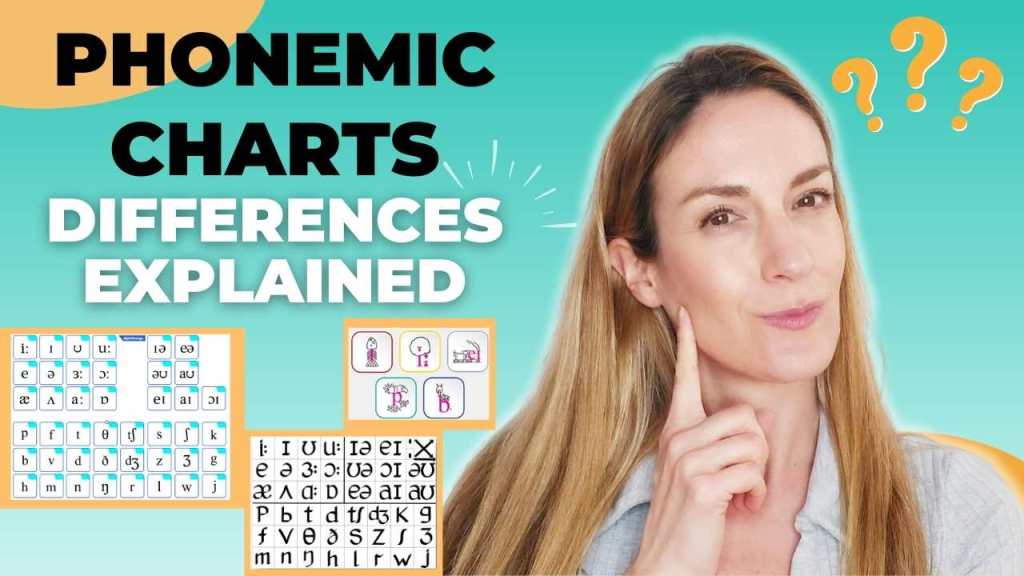
Phonemic Charts – Differences Explained
The video explores the phonemic charts for British English, focusing on Adrian Underhill’s chart, widely used in English language study materials. It compares this chart with those from the British Council and English File by Oxford University Press. Although based on the IPA, the Underhill chart has a unique symbol for the /e/ sound. The… Read more
-
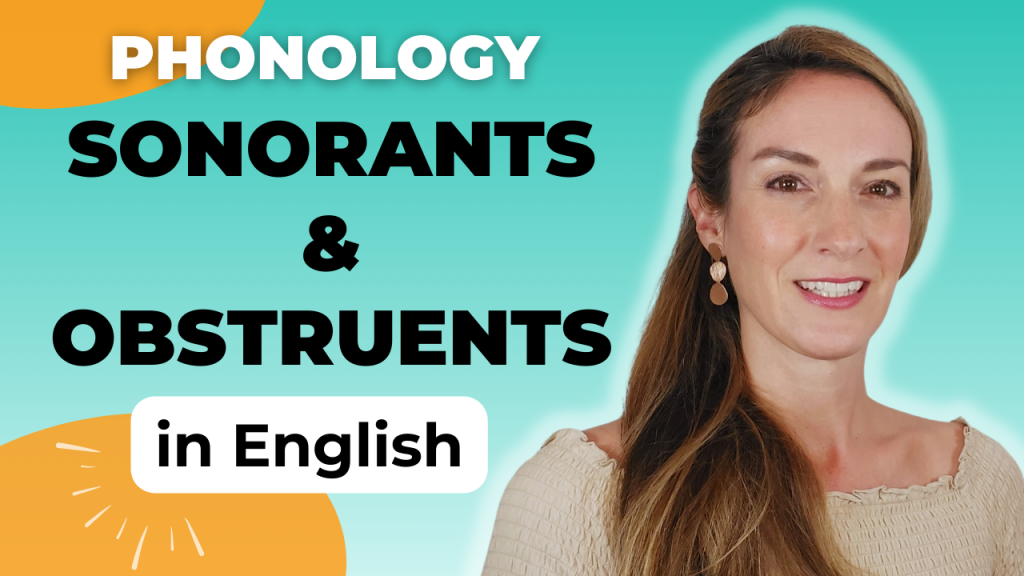
Sonorants & Obstruents in English Phonology
The video discusses two groups of sounds: sonorants (or resonants) and obstruents. Sonorants are produced with continuous airflow, without restrictions causing air friction, and are always voiced in English. Obstruents, on the other hand, are produced with restricted airflow, causing air turbulence or blockage. This group includes plosives, fricatives, and affricates, and can be either… Read more
-
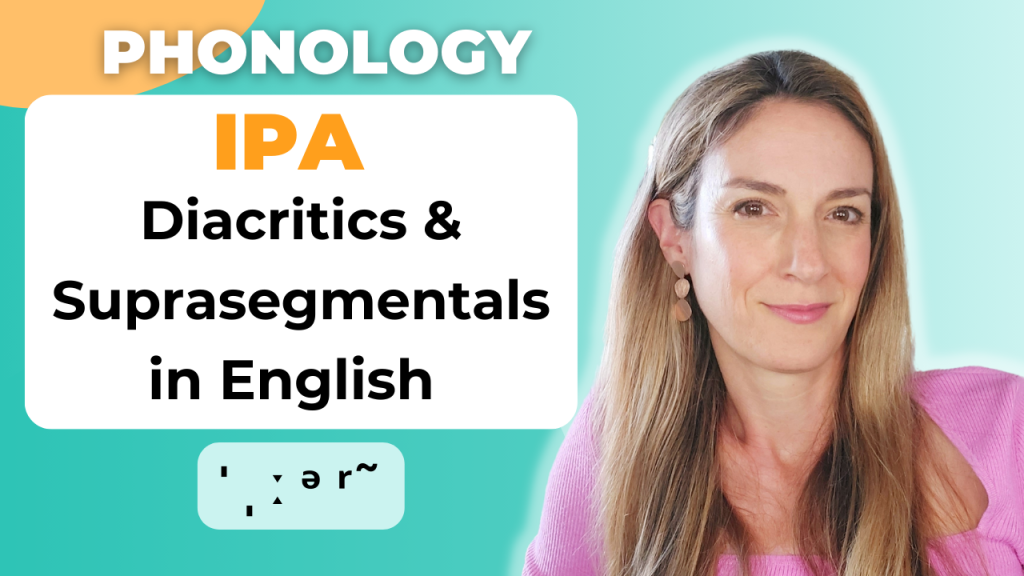
IPA Diacritics & Suprasegmentals in Phonemic Transcription
The video explores additional IPA symbols used in transcription, which are commonly seen in phonemic transcriptions. These symbols, apart from sound symbols, fall into two categories: suprasegmentals and diacritics. The video focuses on the most frequently used symbols essential for English transcription. Read more
-

What are Syllabic Consonants?
The video discusses syllabic consonants, a phenomenon where consonants take on the role of vowels in unstressed syllables to maintain the syllable status. In English, only the nasals /m/, /n/, /ŋ/ and the liquids /l/, /r/ can become syllabic consonants. The video provides examples of words with syllabic consonants and explains their prevalence in fast… Read more
-
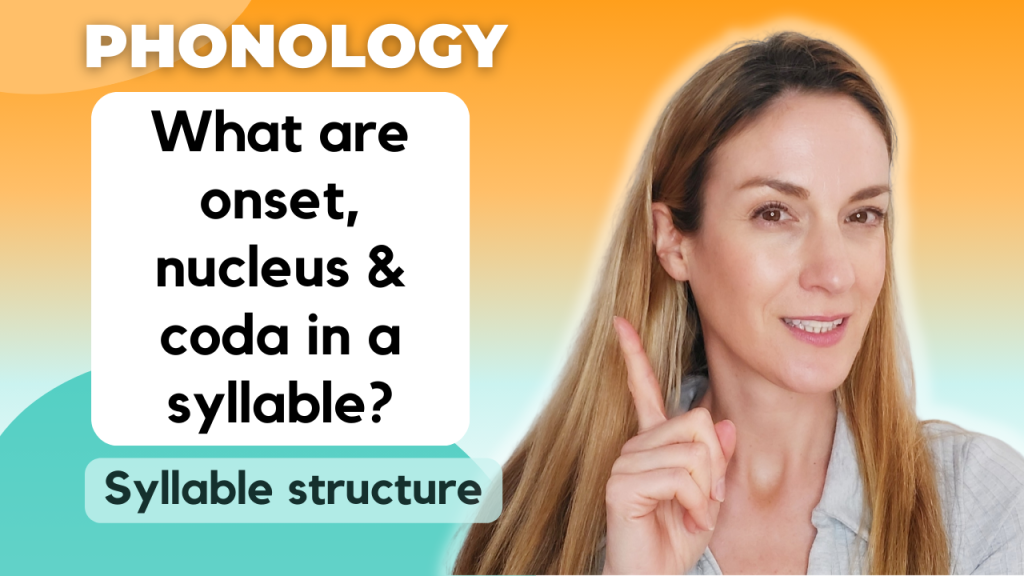
Syllable structure: What are onset, nucleus & coda?
The video explores syllable structure, comprising three components: onset (one or more consonant sounds at the beginning), nucleus (one vowel sound forming the core), and coda (one or more consonants at the end). A syllable must have a nucleus, while onset and coda are optional. Topics covered include zero onset, open vs. closed syllables, and… Read more
Billie English on YouTube
With a library of over 260 videos as of 2024, ‘Billie English’ has amassed over 100k subscribers and 6 million views on YouTube, solidifying its status as a trusted resource for English learners and phonology geeks worldwide.
In addition to its significant social media presence, Billie English offers a variety of online English classes and learning materials.
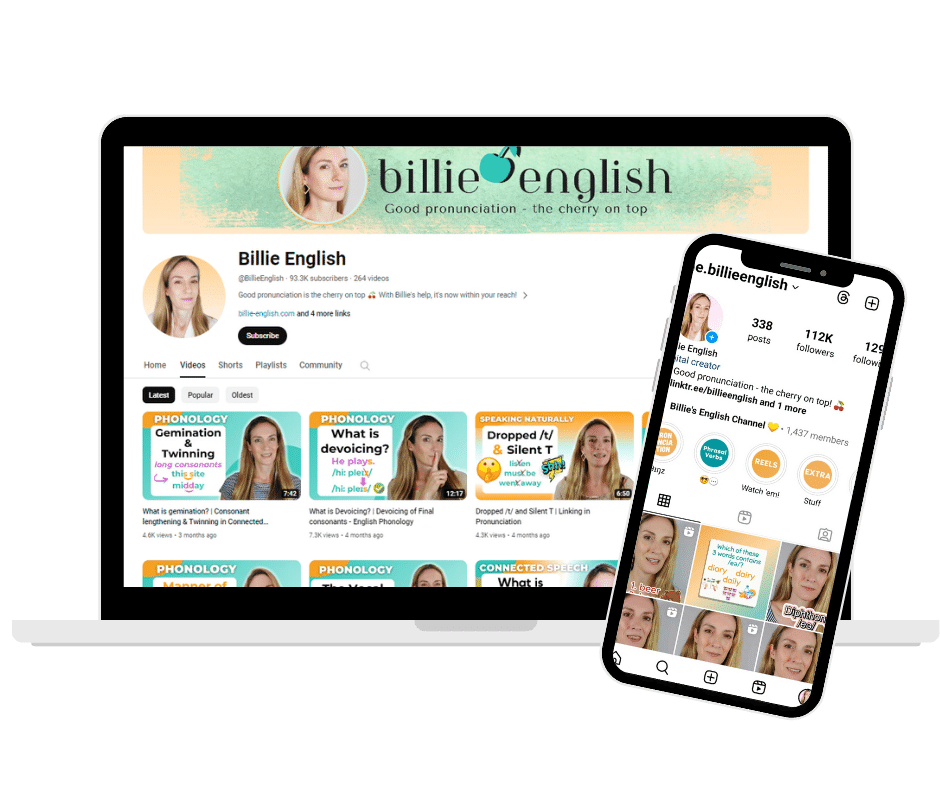

Meet Your Coach
Discover your English potential with Billie, your online accent reduction coach and English teacher. Master sounds, stress and intonation, and speak with confidence and fluency.
Our personalised classes focus on minimising native accents to ensure crystal-clear communication. Join our diverse clientele and benefit from expert guidance tailored to your individual needs, helping you become a confident English communicator and excel in your work and beyond.